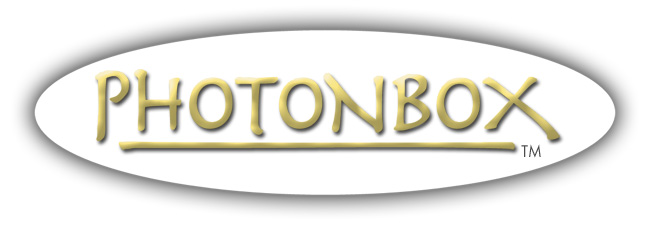
P I N H O L E C A M E R A S H A N D M A D E B Y B R Y A N D A H L B E R G
 P I N H O L E C A M E R A S H A N D M A D E B Y B R Y A N D A H L B E R G |
|
HOME ORDERING INFORMATION Download instruction manuals (PDF files): Model B Model D |
|
|
|
|
Model B 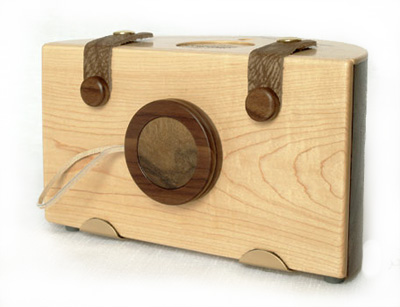 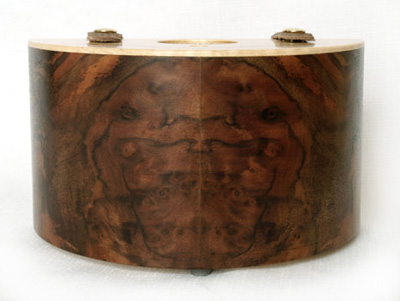
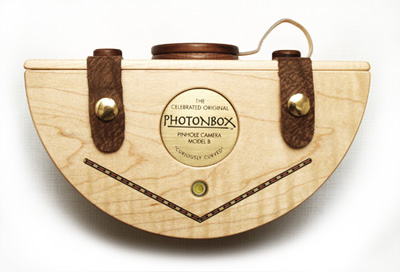
|
Model D |
| Each piece of wood has unique grain patterns and colors, so no two cameras are alike. Every camera is signed on the bottom, and the serial number is stamped into the wood. I use a variety of decorative hardwoods, including burled walnut, rosewood, zebrawood, birdseye maple, purpleheart, lacewood and satinwood. |
| SPECIFICATIONS | |
| Film format | 4x10" film or enlarging paper (half-sheet of 8x10"). Model D also accepts standard 4x5". Information about obtaining these materials is in the instruction manuals. (Download from links at top of page.) |
| Lens type | Lens? What lens? Who needs a lens? Pinhole aperture is 400 microns (laser-drilled in stainless steel by Lenox Laser), yielding an aperture of approximately f/287. Exposure times are about 6 seconds in sunlight on 100asa film. |
| Shutter | Something else we don't need. In the Real Olde Days photographers just removed the lens cap, counted off the seconds, and replaced the lens cap. Same thing here. There's an action picture of this exciting procedure in the instruction manuals. |
| Focal length | Model B — 110mm. Model D — 110mm on curved back; 67mm on flat film holder |
| Angle of view | Approximately 120° horizontal, 55° vertical on the curved backs of both cameras |
| Leveling guide | Built-in bubble level |
| Viewfinder | Inlaid wood sightlines on top |
| Dimensions | Model B — 9"w x 5.75"h x 5"d. Model D — 8.75w x 4.5"h x 5.75"d |
| Weight | (Approximate; depends on types of wood used): Model B — 1 lb 4 oz; Model D — 1 lb. |
| Tripod mount | Standard 1/4-20 threaded socket on bottom; three rubber-tipped feet for table-top use |
| Finish | Hand-rubbed polyurethane varnish, satin finish |
|
FREQUENTLY
ASKED QUESTIONS |
|
What
do the pictures look like?
|
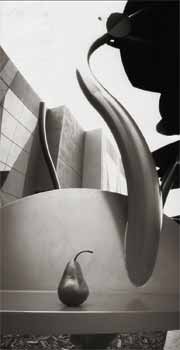 |
Both of these pictures happened to be taken on rainy days, resulting in a full tonal range on enlarging paper. Photographs taken in bright sunlight tend to be quite contrasty because enlarging paper isn't really designed for such a wide range of brightness. For shooting in sunlight, I recommend using film. Details are in the instruction manual. (Download from links at top of this page.) |
|
HOME | ORDERING INFORMATION | ABOUT BRYAN DAHLBERG For further information — no obligation, no hassles, no sales pressure — contact me at info@photonbox.com. |